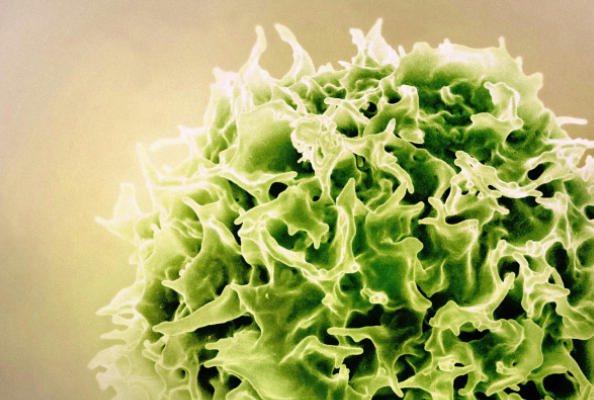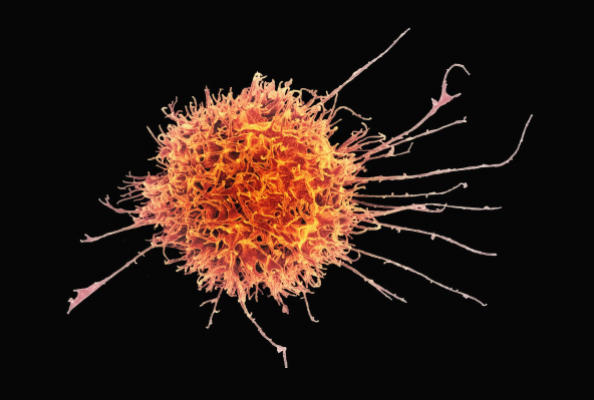
- Details
-
Also available in:

- Parent Category: Knowledge Base
- Hits: 33
CD5 (Cluster of Differentiation 5) is a key transmembrane glycoprotein receptor belonging to the scavenger receptor family. Its core function is to negatively regulate signaling mediated by the T-cell receptor (TCR) and B-cell receptor (BCR), thereby maintaining immune tolerance in the body and preventing excessive lymphocyte activation. For instance, within tumor cells, CD5 promotes proliferation, survival, and inhibits apoptosis by regulating pathways such as NF-κB and PI3K/Akt. CD5 is a classic marker for T cells and is expressed on the surface of nearly all mature T cells. Additionally, it is expressed on subsets of B cells and NK cells but is not expressed on normal hematopoietic stem cells or non-hematopoietic solid tissues. This highly restricted expression profile provides an ideal foundation for developing highly specific, low off-target toxicity targeted therapies.

- Details
-
Also available in:

- Parent Category: Knowledge Base
- Hits: 63
Programmed cell death protein 1 (PD-1) is an important immunosuppressive receptor expressed mainly on T cells, B cells, natural killer cells, and other immune cells. PD-1 exerts its inhibitory function by binding to its ligands PD-L1 and PD-L2. In normal immune responses, the activation of PD-1 serves as a self-protective mechanism to prevent an overactive immune system, helping to avoid attacks on self-tissues. However, during tumor immune escape, tumor cells upregulate PD-L1 expression to bind with PD-1, inhibiting T cell activity and thereby evading immune surveillance. Furthermore, abnormal activation of PD-1 also plays a significant role in autoimmune diseases. Through the interaction between PD-1 and its ligands, immune cell activity is suppressed, preventing the immune system from effectively clearing abnormal self-cells or tissues, which is an important mechanism in the development of various autoimmune diseases.

- Details
-
Also available in:

- Parent Category: Knowledge Base
- Hits: 68
G protein-coupled receptors (GPCRs) are one of the most important signal transduction protein families in human cell membranes, regulating a wide range of physiological processes from vision and olfaction to cardiovascular function. Among them, the Angiotensin II Type 1 Receptor (AT1R) plays a central role in blood pressure regulation, fluid balance, and cardiovascular diseases. However, the activation mechanism of peptide ligand-binding GPCRs like AT1R has long been a research bottleneck, as traditional methods struggled to capture their active conformations, hindering the precise development of targeted therapeutics. A research team from Harvard Medical School, Duke University, and other institutions has successfully overcome this challenge using synthetic nanobody technology. Their findings, published in Cell, pave a new path for GPCR research and drug development.

- Details
-
Also available in:

- Parent Category: Knowledge Base
- Hits: 96
CD7 is a transmembrane glycoprotein primarily expressed on the surface of T cells, NK cells, and their precursor cells. It is highly expressed, especially in hematological tumors such as T-cell acute lymphoblastic leukemia (T-ALL) and lymphoma. As a member of the immunoglobulin superfamily, CD7 is involved in T cell activation, adhesion, and signal transduction, playing an important role in lymphocyte development and immune response. It is a significant marker for T-cell malignancies. Due to its specific expression and persistence in pathological states, CD7 has become an ideal target for developing novel immunotherapeutic strategies.





